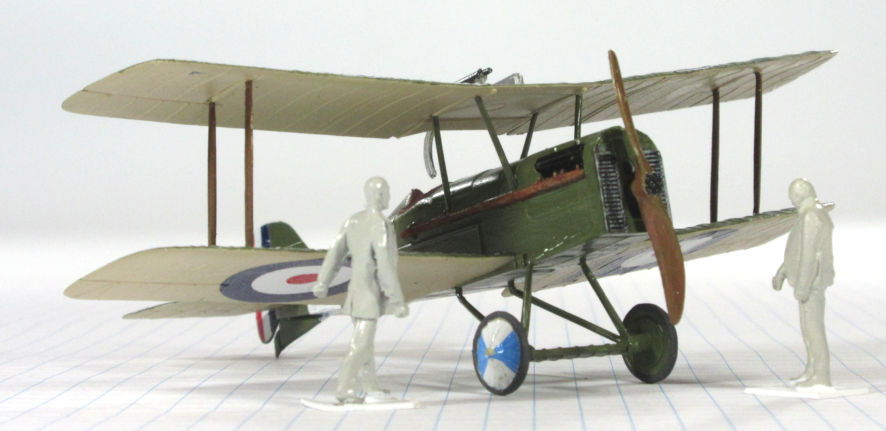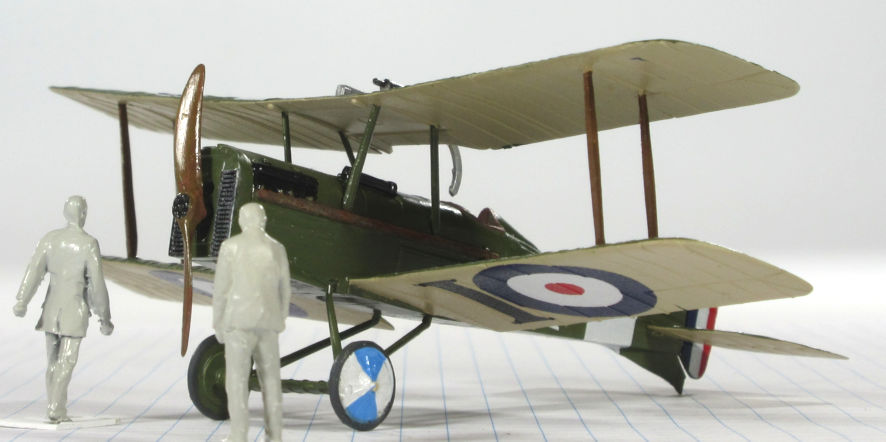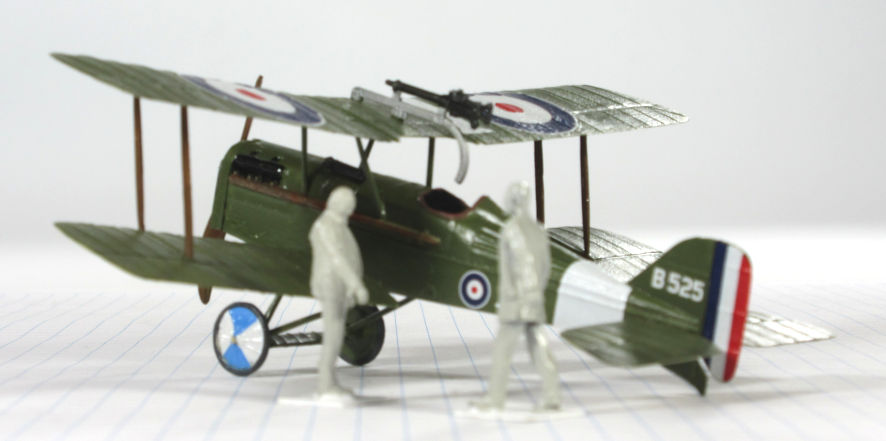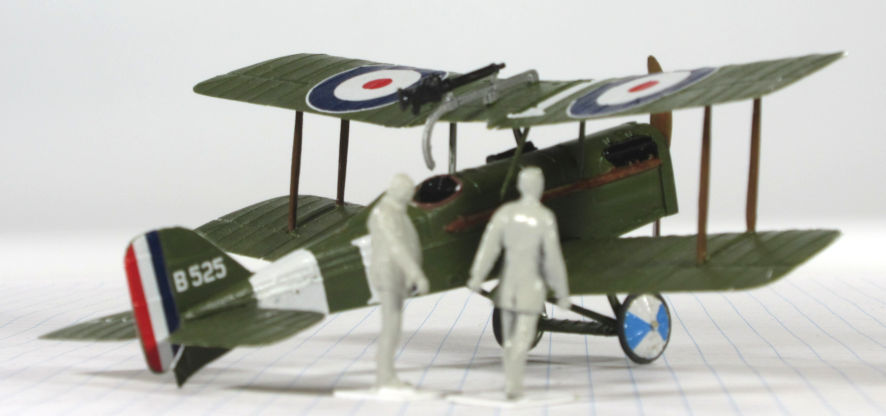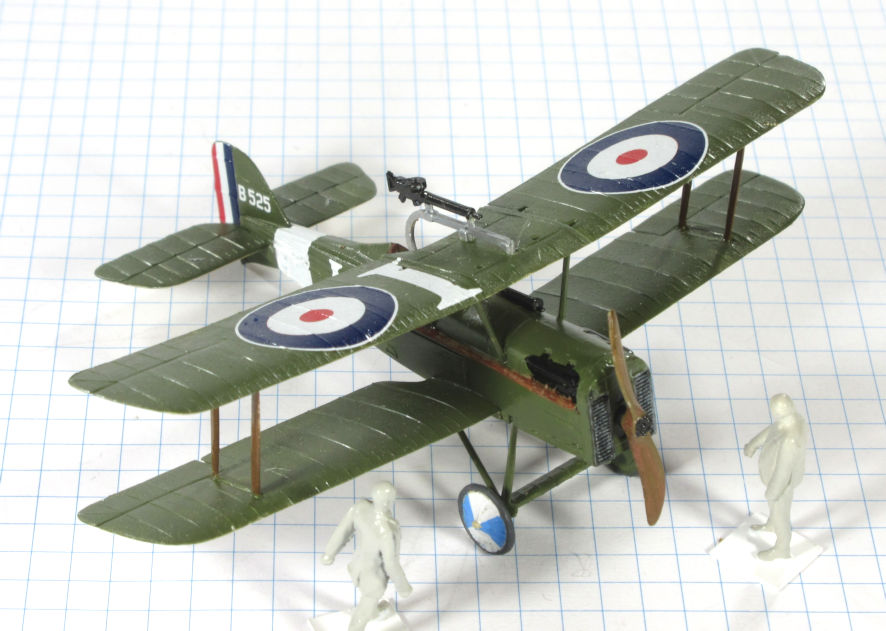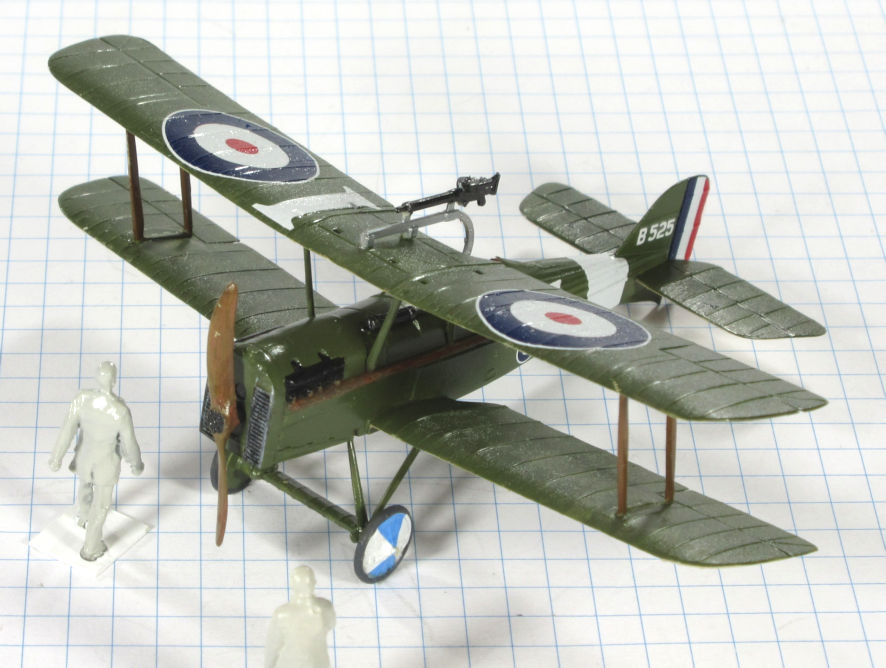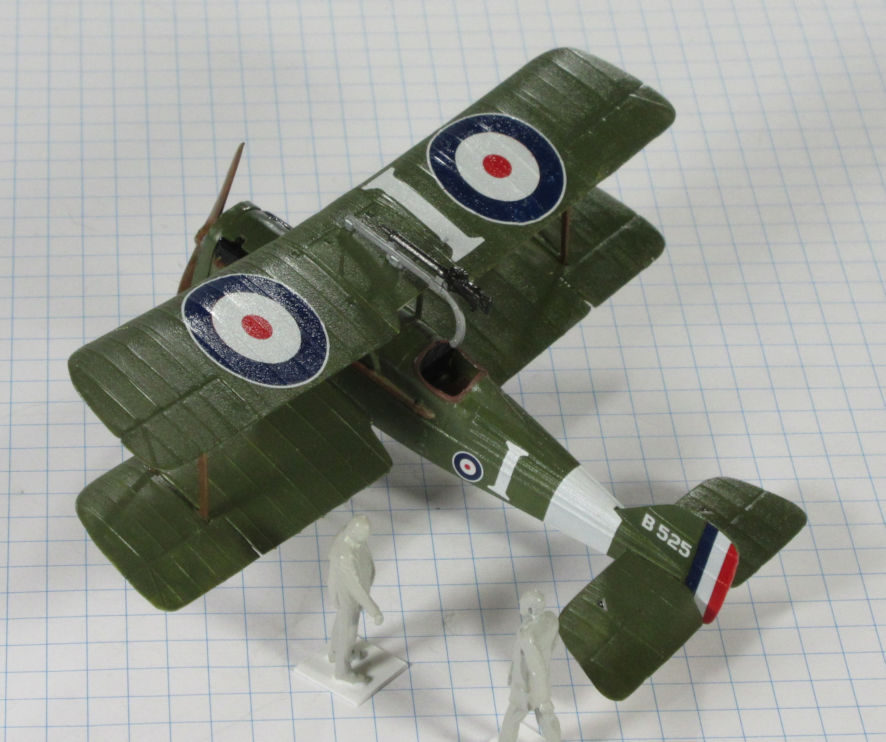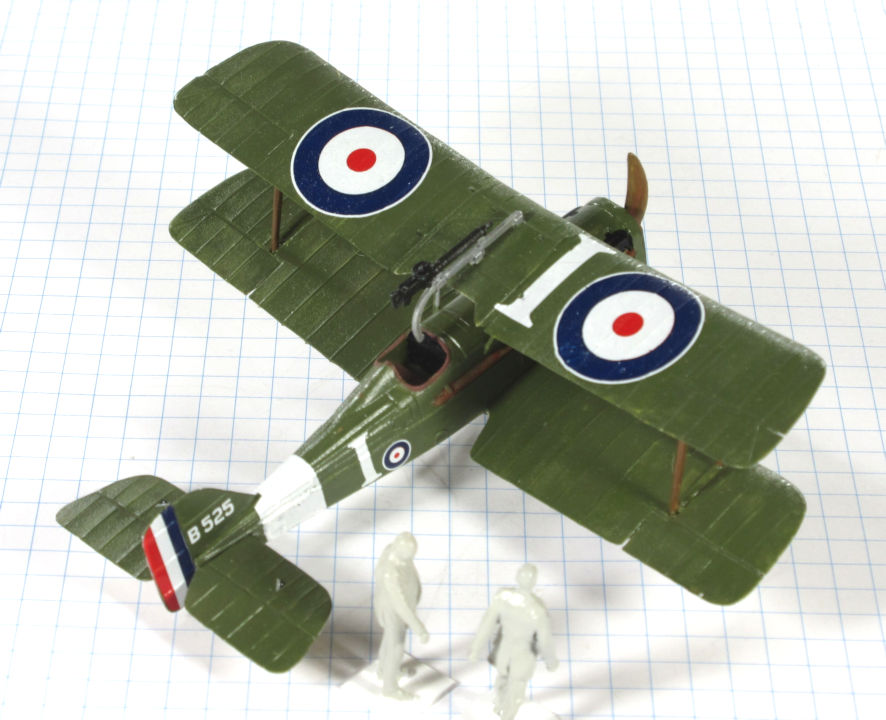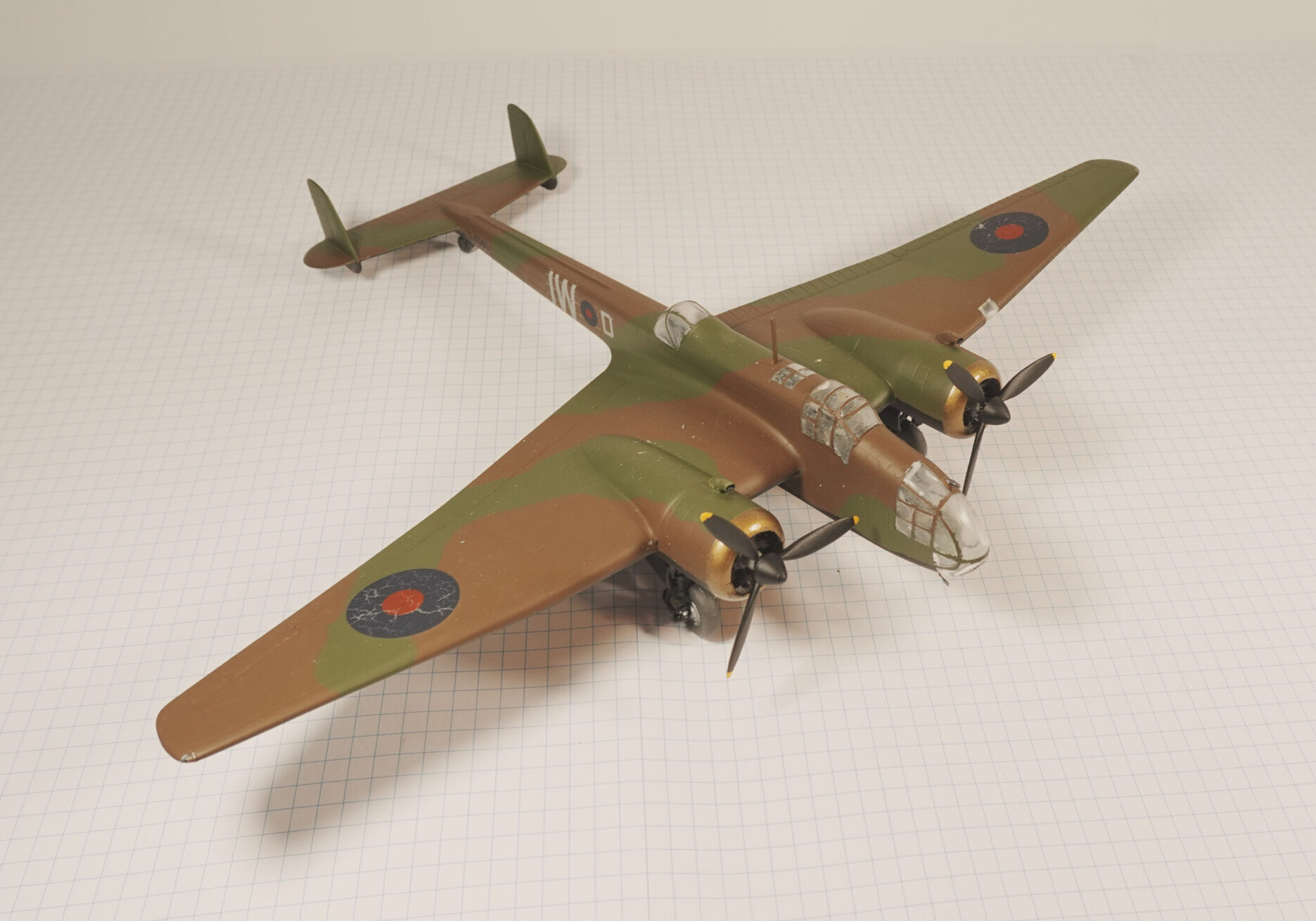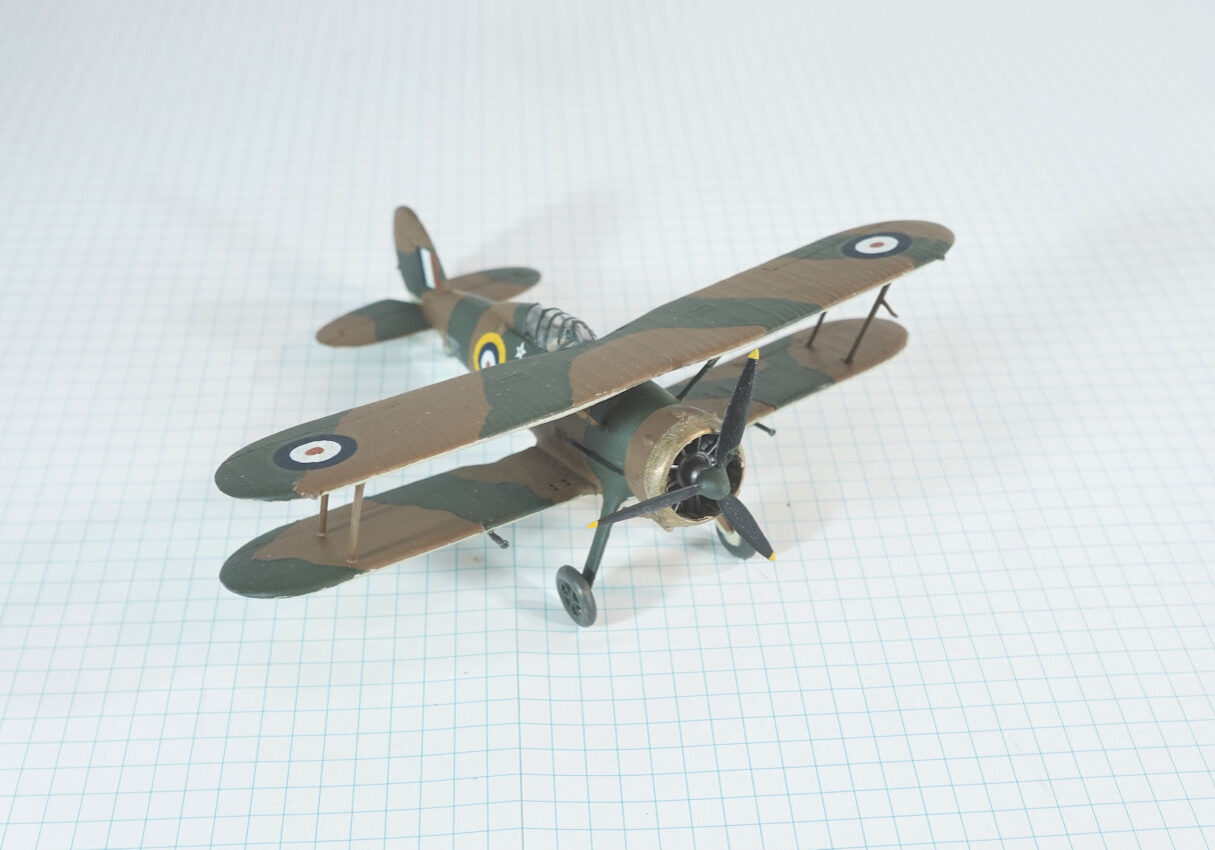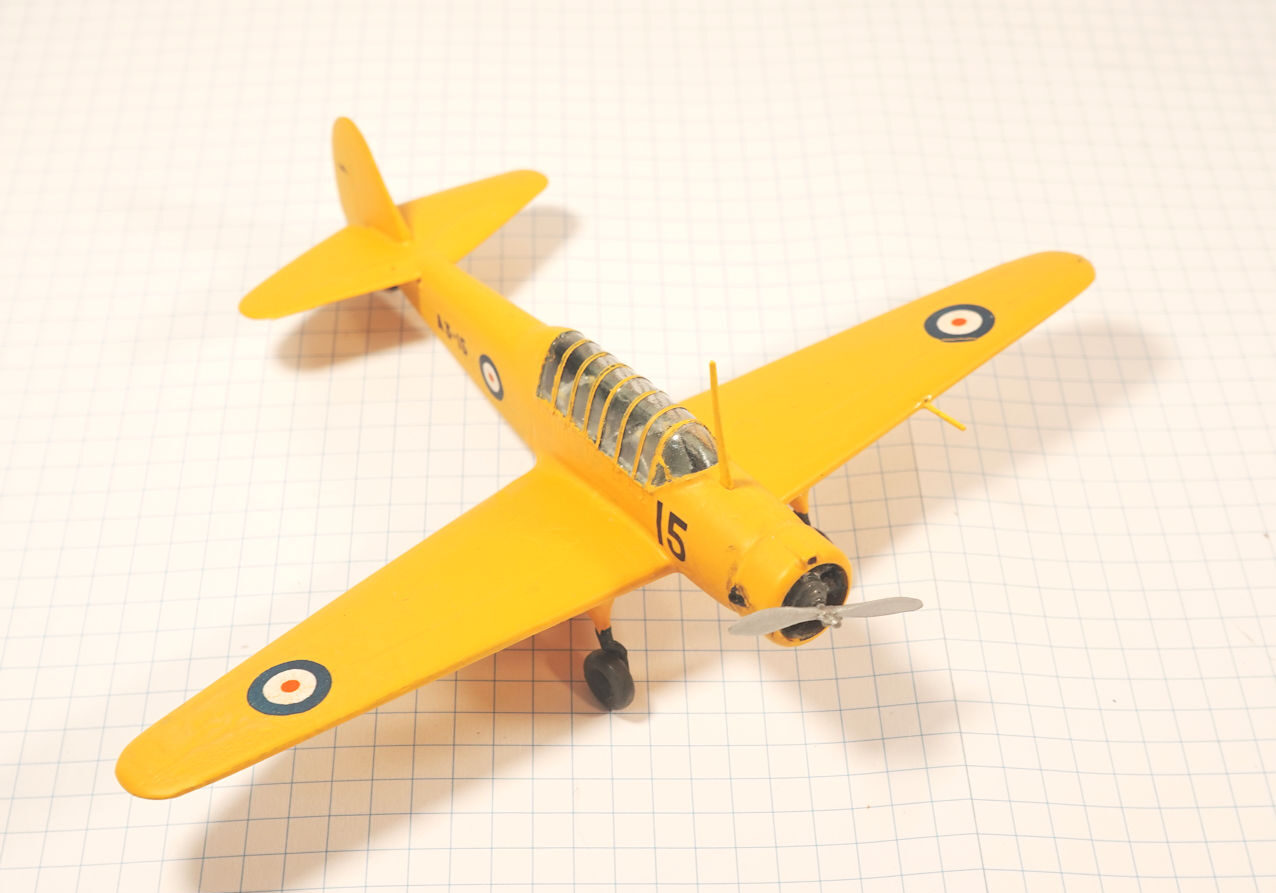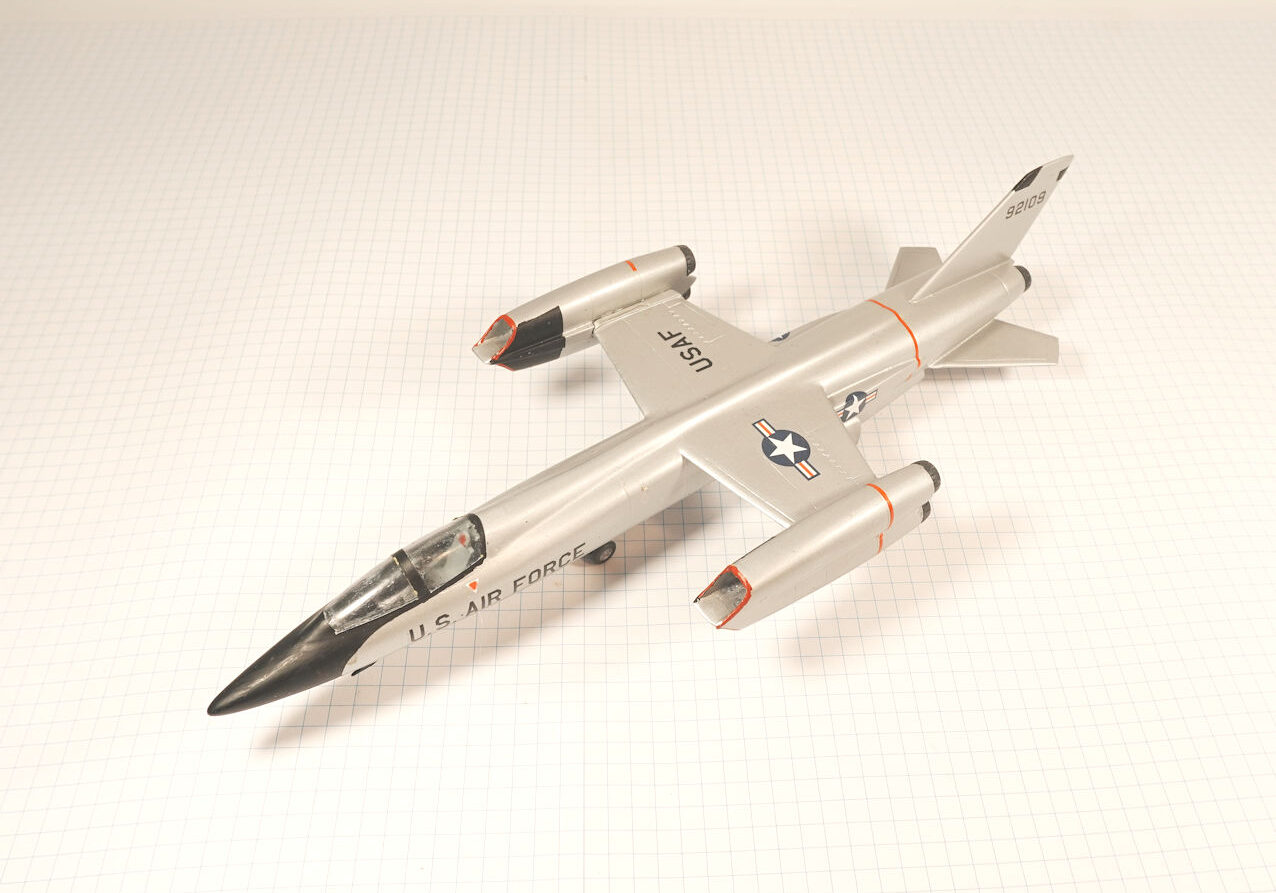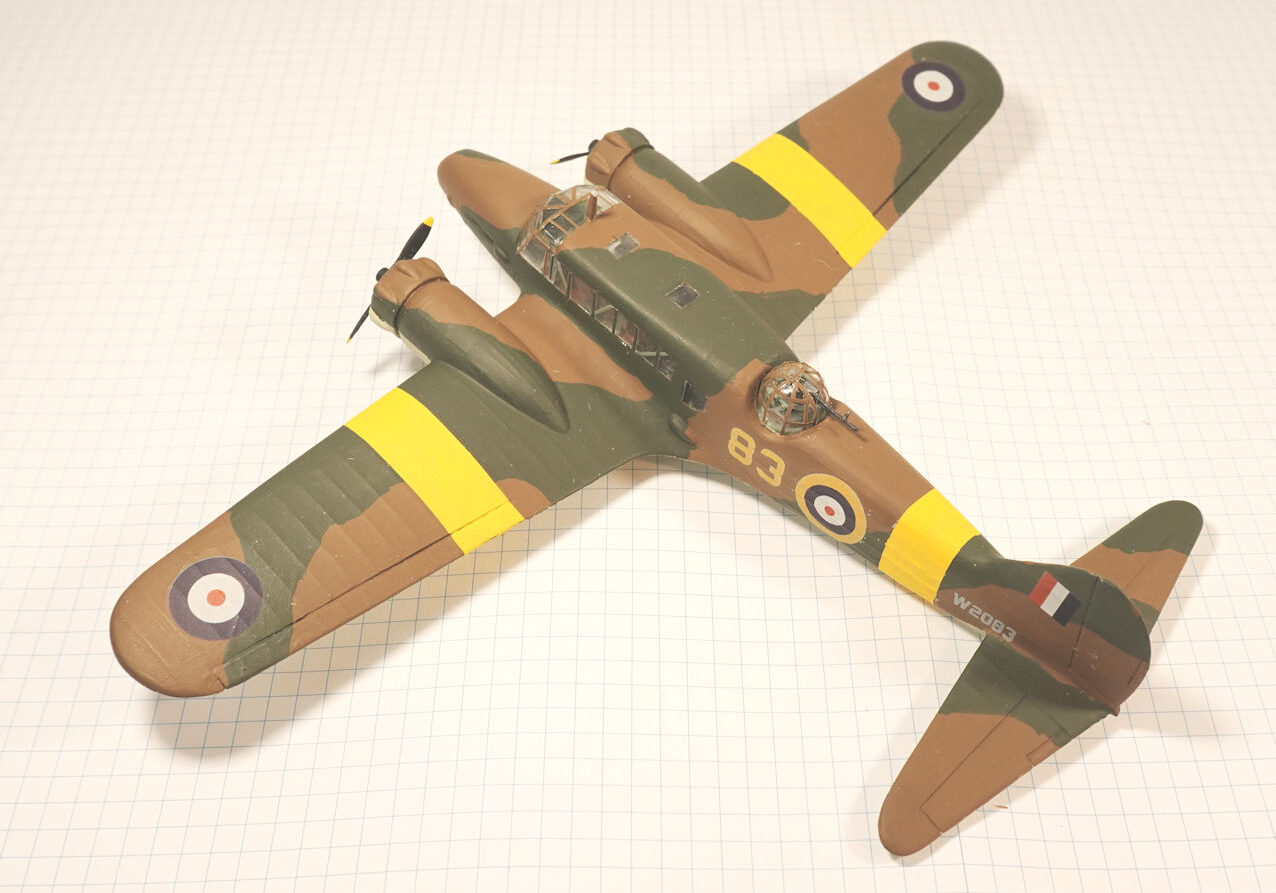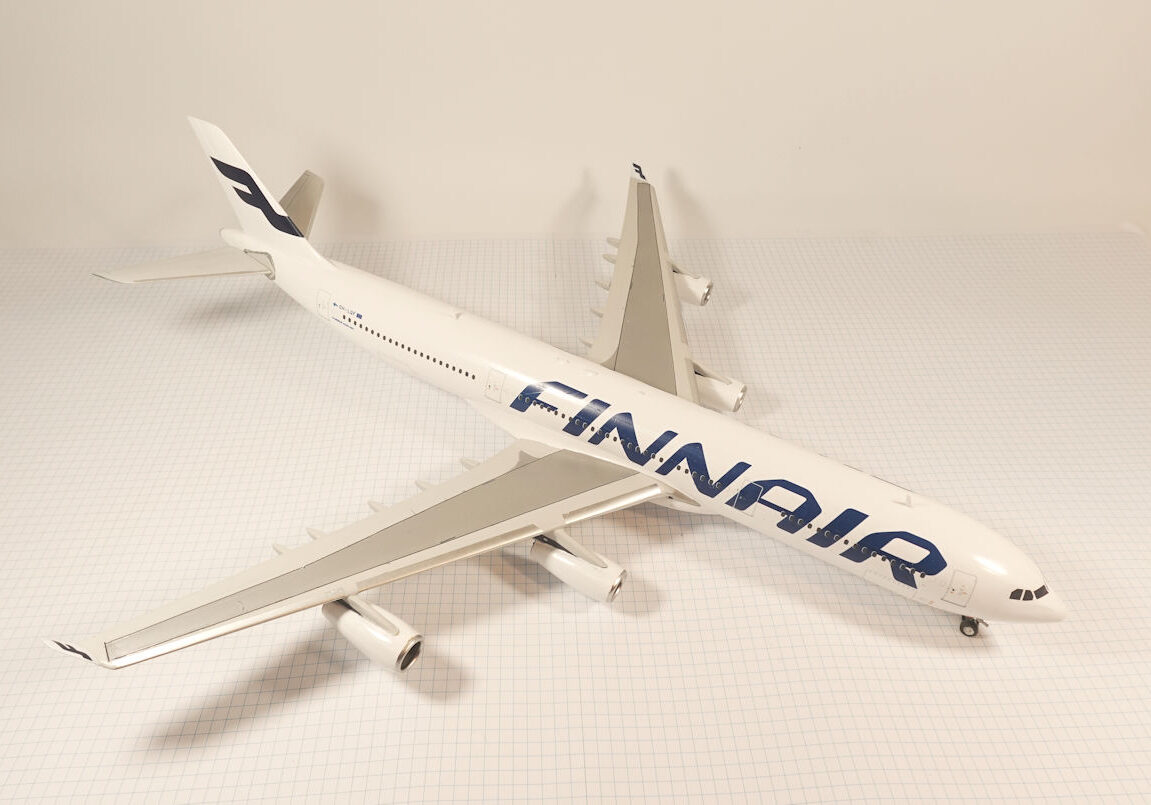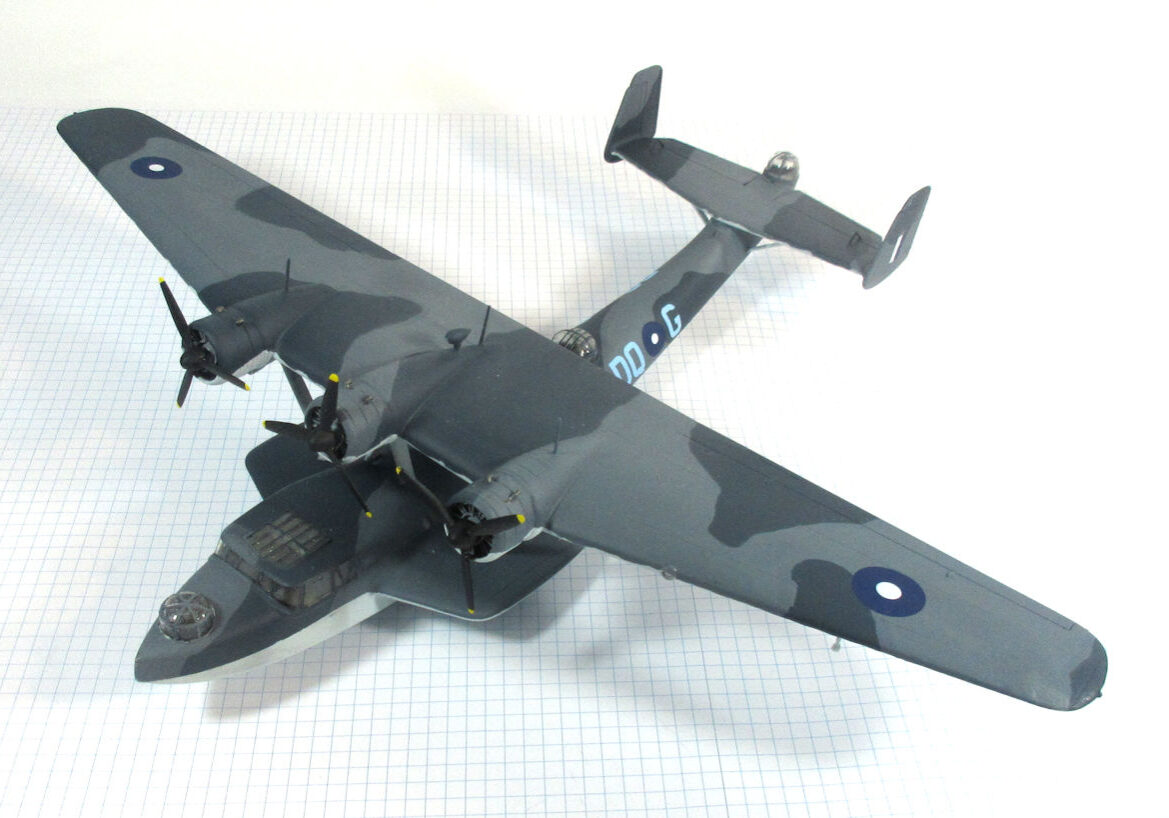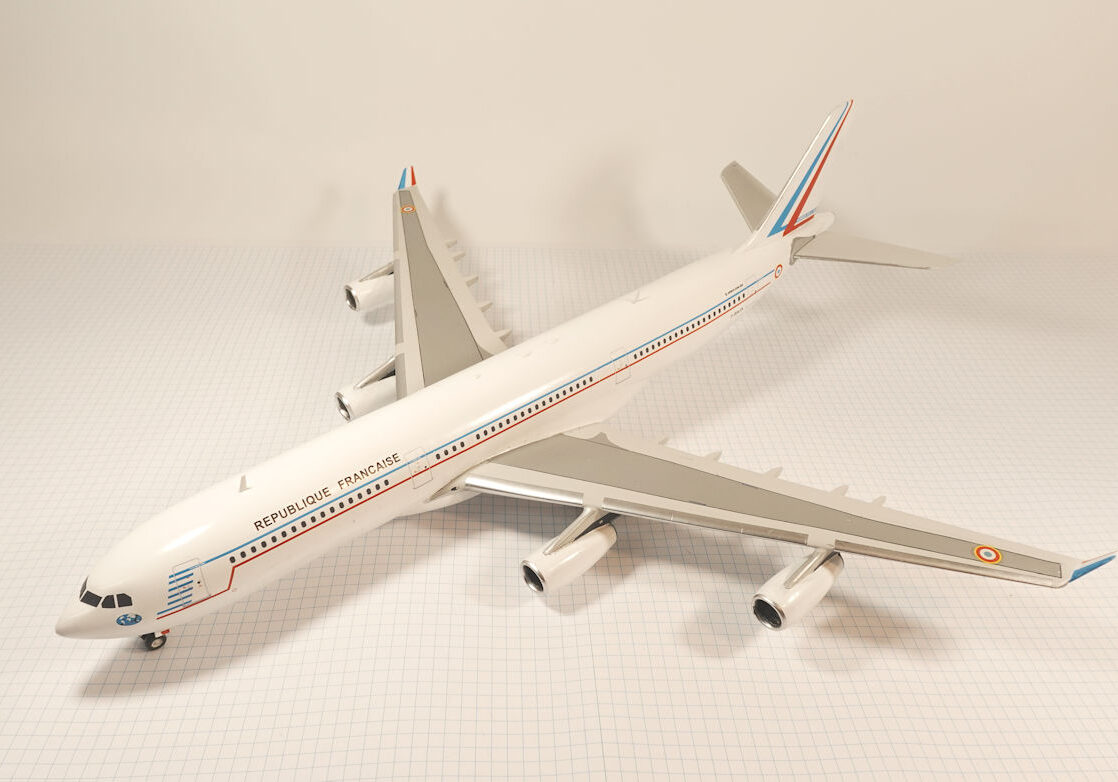History
The Scout Experimental 5 (SE 5) entered service with the Royal Flying Corps during March 1917. It was a fast, stable and manoeuvrable and. although it was not as responsive as a Sopwith Camel, it was safer to fly particularly for novice pilots
The initial model was designed around a Hispano-Suiza 150Hp V8 engine but is was unreliable and was replaced by geared 200Hp engine after 77 aircraft had been built.
The modified aircraft was named the SE5a and began to apear in June 1917.
This engine also had problems with gearboxes and propelloes sometimes separating from the engine. To solve this the Wollsley Viper 200Hp V8 was installed.
With this engine, the fighter was one of the fastest fighters of WW1 that gave pilot the option to escape from unfavourable conditions.
The SE5a remained in frontline service until the end of the war, and in some user countries, as late as 1929.
Six original aircraft have survived.
Italeri (Marusan ) 1/72 kit completed by Steve Pulbrook in 2022.
